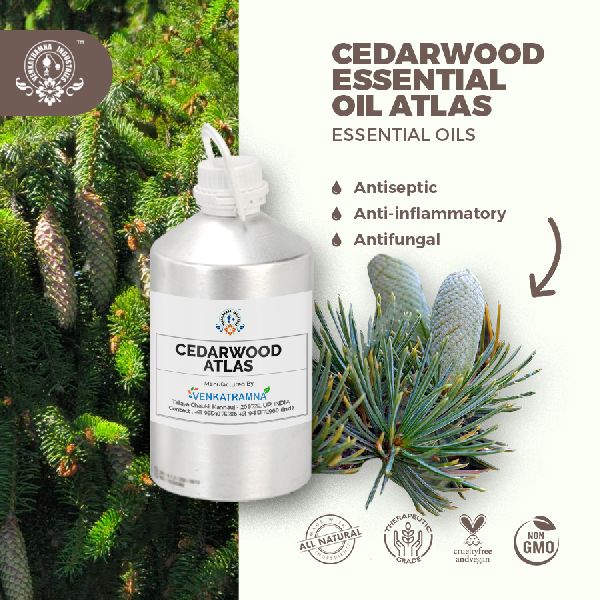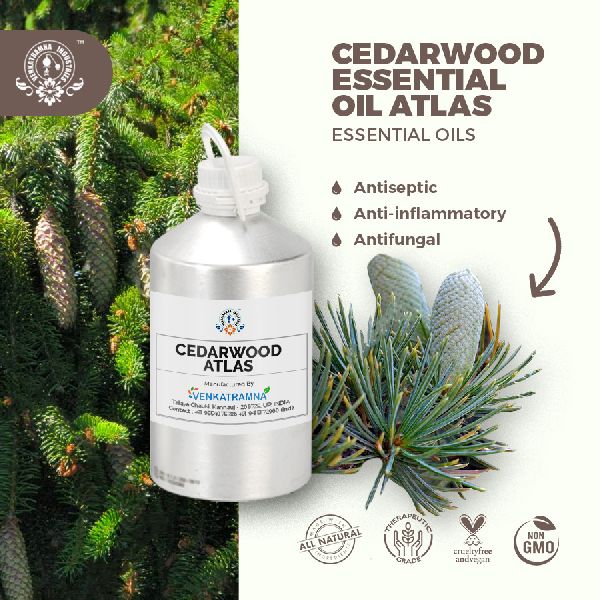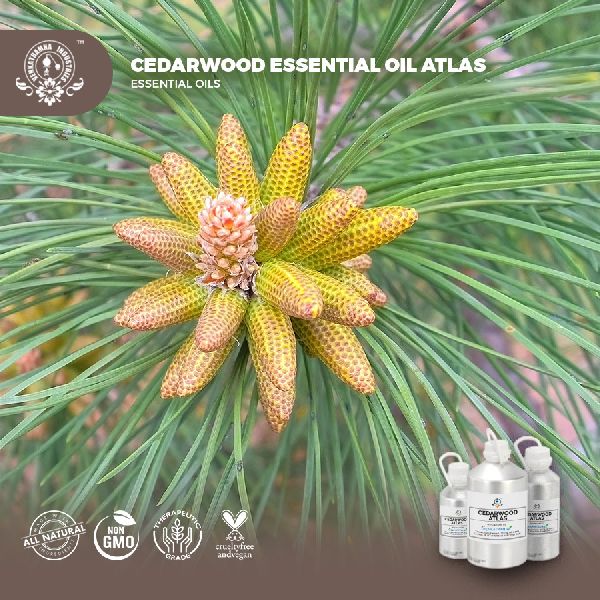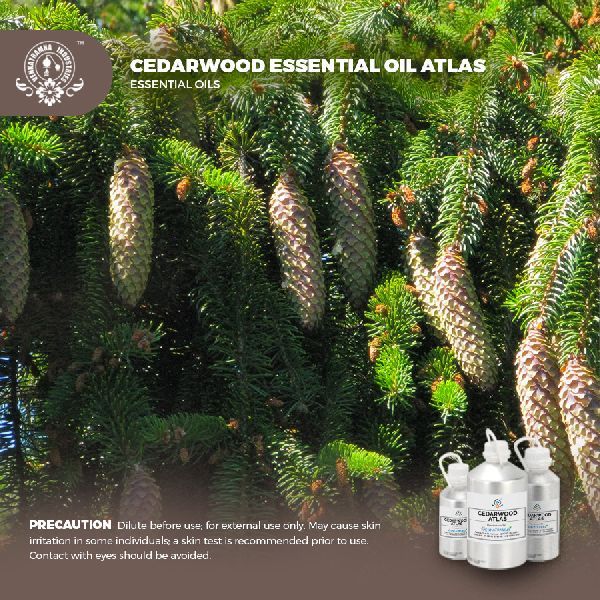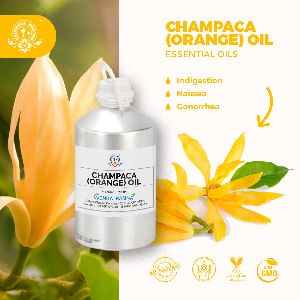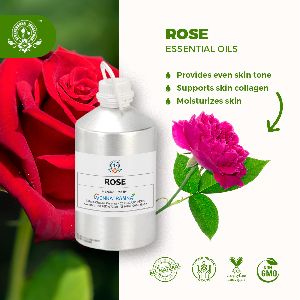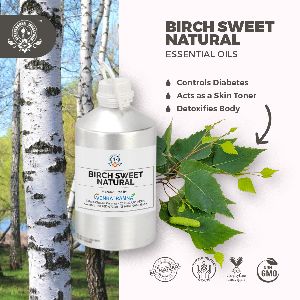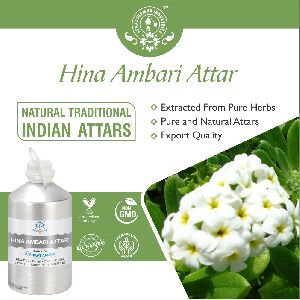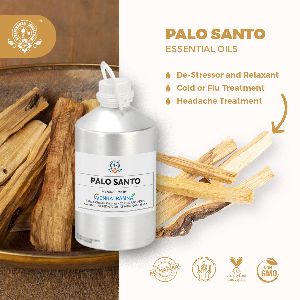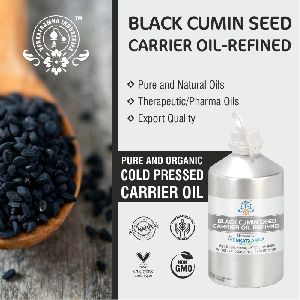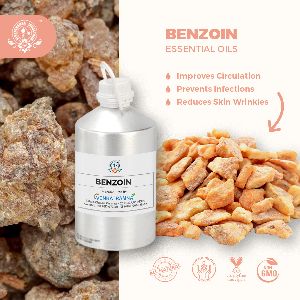Indra Nagar, Kanpur, Uttar Pradesh - GST No. 09AVOPS2676K1ZN
- Send SMS
- Send Email
Cedarwood Essential Oil
| Business Type | Manufacturer, Exporter, Supplier, Retailer, Wholesaler |
Preferred Buyer From
| Location | Worldwide |
Cedar trees in general have a long history of use for furniture and buildings as well as in various herbal remedies and aromatherapy preparations. According to the Old Testament, King Hiram of Tyre sent cedar wood from Lebanon to King Solomon for the construction of the Temple in Jerusalem. Cedar wood has also been used for centuries to line closets or make chests to protect clothing from moths. The fragrant wood was also used by Native Americans as well as the ancient Egyptians, Greeks, and Romans as an ingredient in incense blends.
Cedrus atlantica (Atlas Cedar) is a large, beautiful, evergreen, blue coloured or bluish green coloured tree. The colour of this plant is due to the colour of the foliage. It is a long tree with a pyramid shaped crown with few open branches but can be spreading when mature. It is planted along the roadside, street walks, sidewalks, etc to enhance scenic beauty. It has glossy and cylindrical cones that mature in September and October.
Cedrus atlantica is a native to North Africa and occurs at high altitudes on the mountainsides. It needs full or partial sunlight for growth. It cannot grow in shady places. It prefers moist and dry soil for growth.This plant provided habitat for Barbary macaque. This plant is an endangered species because of the human exploitation for wood and timber.It is also used as habitat for many bird species for nesting and roosting.
There are several ‘cedarwood’ essential oils extracted from trees of the Cupressaceae family and traded in commerce, but these oils are not as commonly used in aromatherapy as the familiar ‘atlas’ and ‘virginian’ types. For example, Chinese cedarwood (Juniperus funebris), Texas cedarwood (Juniperus ashei) and Himalayan cedarwood (Cedrus deodara) are all used in the fragrance industry, but for various reasons they are not commonly used therapeutically.
Specifications
| Botanical Name: | Cedrus atlantica |
| Common name: | Atlantic cedar, Blue atlas Cedar, Atlas Cedar |
| Plant family: | Pinaceae |
| Genus: | Cedrus |
| Appearance/Color: | A thin, golden yellow to orange or brown liquid. |
| Odor: | A middle note of strong aroma, cedarwood atlas oil has a woody, sweet, scent that is sharper than Virginian cedarwood, and slightly reminiscent of mothballs. |
| Blends With: | Rosewood, bergamot, cypress, cassia, jasmine, juniper, neroli, labdanum, frankincense, clary sage, vetive, rosemary, ylang-ylang. |
| Origin | Morocco |
| Source | Wood |
| Method of Extraction | Steam Distillation |
Technical Analysis
| Key Constituents | Strength (%) |
| b-himachalene | 35.8-45.4 |
| a-himachalene | 11.3-18.4 |
| (E)-a-atlantone | 4.2-12.4 |
| g-himachalene | 5.8-9.7 |
| deodarone | 1.2-0.7 |
| (E)-g-atlantone | 1.4-3.4 |
| himachalol | 1.7-3.7 |
| Isocedranol | 1.4-2.1 |
| (Z)-a-atlantone | 0.1-2.8 |
| d-cadinene | 0.4.2.6 |
| 1-epi-cubenol | 2.1-2.5 |
| (Z)-trans-a-bergamotol | 0-2.05 |
| cedranone | 0.7-1.5 |
| a-calacorene | 0.4-1.6 |
| b-himachalene oxide | 0-1.6 |
| g-curcumene | 2.0-1.6 |
| b-vetivene | 0.3-1.4 |
| Cadalene | 0-1.8 |
| a-dehydroar himachalene | 0.6-1.23 |

